Some call it the “Venice of the mainland”, and not without reason. Elegant loggias, palaces inlaid with mullioned windows, graceful porticoes, water courses crisscrossing the city: every detail recalls Udine’s long-standing bond with La Serenissima.
Today, this lovely city of art remains a place on a human scale, with an international vocation that makes it modern and attentive to change, though proud of its traditions and regional influence. Here’s how to experience Udine like a local.

The best things to do in Udine like a local for 2026
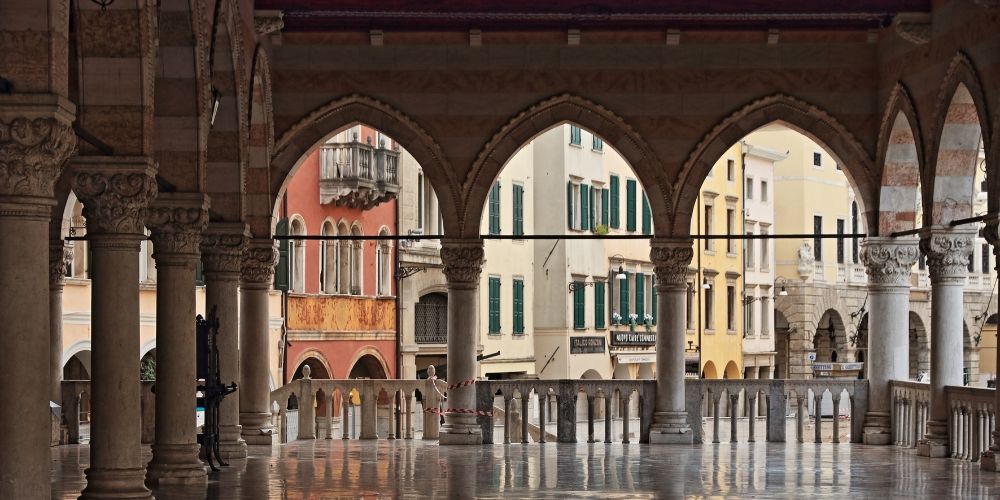
Casa Cavazzini, the 16th-century complex that Gae Aulenti turned into Udine's Museum of Modern and Contemporary Art, symbolises the modernity and enthusiasm reverberating in the city.
If you wish to explore the traditional local culture, the Friuli Ethnographic Museum will help you better understand how this ancient borderland is exceptionally proud of its roots.
In addition to the magnificence of its arcades (including the splendid Lionello and San Giovanni loggias in the Venetian Piazza della Libertà), Tiepolo's masterpieces, and a castle that doesn't look like a castle at all, there is so much more to see and do.
Here are a few tips for visiting Udine in 2026 the way a local would recommend. Discover them all!
10. Udine like a local. Strolling in via Mercatovecchio
Ask a local to show you the most beautiful street in his city, and they will probably direct you to this one, the oldest and liveliest of them all. Exploring this storied stretch is one of the best ways to experience Udine like a local, because it truly is the city’s beating heart.
The central Via Mercatovecchio stands out for the charm of its tall, narrow buildings, the everyday bustle, and the centuries of history that have walked its pavement (which, by the way, got a makeover in 2020).
Go there for a shopping session, strolling under its arcades and photographing the details that stand out on the building façades. One in particular? Casa Sabbadini, at number 24. In addition to a fresco depicting Jupiter between the first-floor windows, it still bears the iron rings once used to secure the finishing post of Udine’s historic Palio race.
9. Discovering all the names of Piazza Matteotti
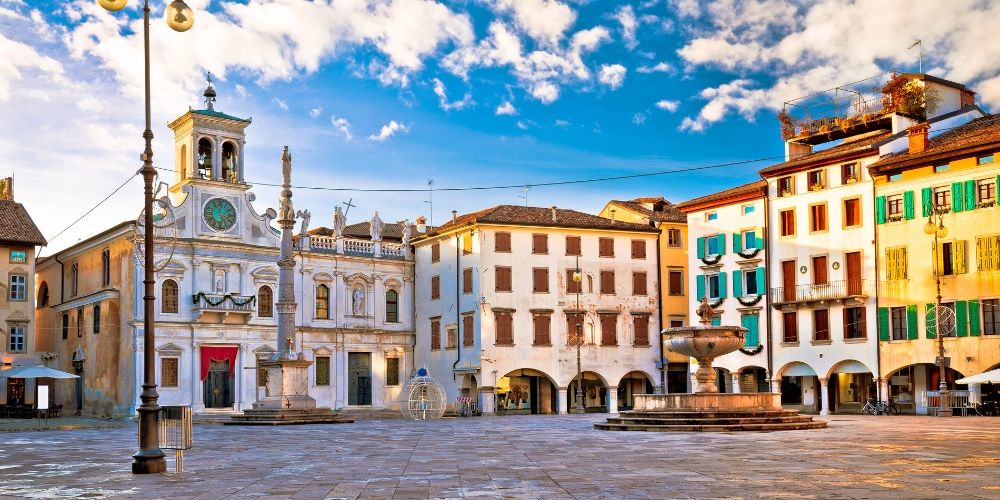
One of the city’s most famous squares goes by three different names. And if you want to experience Udine like a local, you’d better remember them.
Ask for directions to the large square with the fountain at its centre and the church with the clock, and you’ll be told to head to Piazza San Giacomo. Or Piazza delle Erbe. Or even Piazza Matteotti. The name may change, but the place remains the same.
Noisy and lively, this square is a pleasure to experience at any time of day, from morning coffee to the evening aperitivo.
Famous for being Udine's salotto and its oldest piazza, it's the perfect place to hang around with the locals and share an aperitivo in one of its many open-air venues.
If you are lucky enough to find a free seat, take the opportunity to order a tajut and some persut crud, nothing more than a glass of wine and some prosciutto crudo (which can only be San Daniele DOP, a renowned regional speciality).
8. Organising a picnic at the park
Whether you want to take a walk, go for a jog, jot down some travel notes or consult Visit Italy for ideas and inspiration, you'll find plenty of parks ideal for a pleasant diversion from the urban tour.
After visiting the Patriarchal Palace and admiring Tiepolo’s frescoes, head to the nearby Ricasoli Garden for a moment of calm among exotic plants and elegant swans.
Not far from the Ossuary Temple, a monumental tribute to the memory of those who fell in the war, you'll find the large Moretti Park.
For a morning in the open air, don’t miss the Torso Gardens, recently restored; Piazza Primo Maggio, crossed by small sunburst paths that lead to its graceful central fountain; and the gardens of Palazzo Morpurgo, particularly enchanting in spring, when the flowerbeds around the statue of the nymph burst into colour.
See also the most beautiful gardens to visit in Italy.
7. Shopping in Udine like a local
Where? In Piazza XX Settembre, on Saturday mornings. This is where the Udinesi come to shop for local products, fish, fresh fruit and vegetables. You'll love it for its warm and dynamic atmosphere.
Full of kiosks and people intent on chatting and closing deals, the mercato is located in a pedestrian area long used as a car park. After some renovation, this historic space was restored to its original role as a market. It was known as marčhât dai grans in the 19th century.
Look around and notice the exquisite Casa Veneziana, the only building in town with an original floral Gothic façade.
This elegant 15th-century dwelling, a former property of the Montegnacco family, used to be located in Via Rialto, Udine's first Venetian nucleus. After the demolition in 1910, it was rebuilt in the 1920s in Piazza XX Settembre.
See the best local markets in Italy.
6. Taking a trip to a star-shaped town
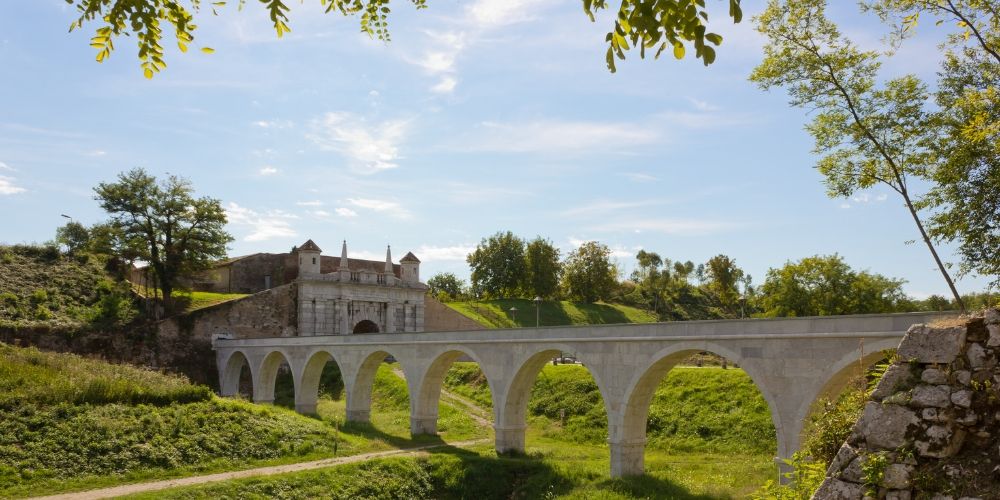
As well as visiting Udine like a local, take a trip to explore the Friulian countryside. Between long golden beaches and lush wooded landscapes lies an infinity of nuances synthesised in towns and villages full of history.
The star mentioned in the title? A surprising national monument: Palmanova, a fortified town founded by the Republic of Venice in the 16th century. Its layout forms a perfect nine-pointed star, a masterpiece of Renaissance military architecture. Palmanova is also part of a great UNESCO serial site: learn more about it.
Another charming destination lies halfway between Udine and Gorizia: Aiello del Friuli, famous for the countless sundials adorning its walls. Over the past thirty years, these have appeared throughout the town, each one different in style and size. Children will love it.
5. On the road in Friuli
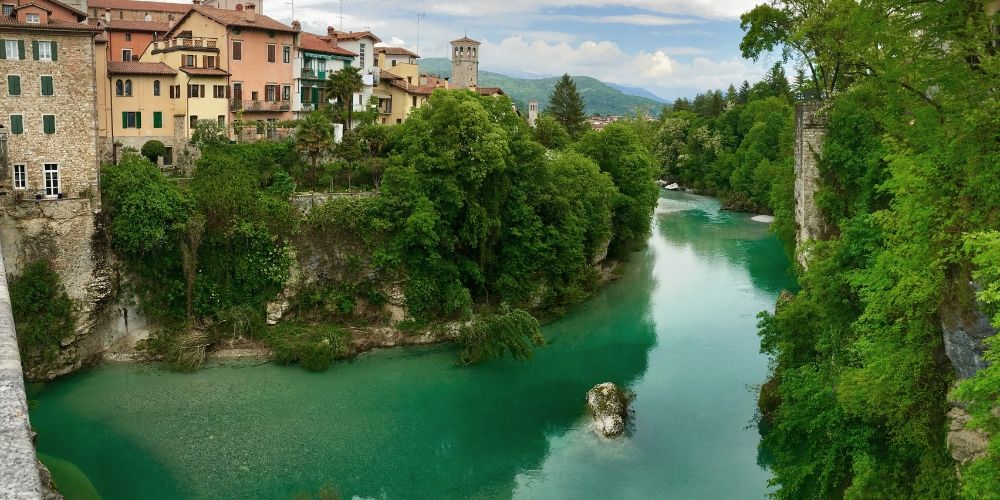
The tour continues with a journey to Cividale del Friuli, featuring two UNESCO sites: the Monastery of Santa Maria in Valle and the Tempietto Longobardo. Then, catch a glimpse of the legendary Ponte del Diavolo (Devil’s Bridge), which local legend claims was built by the devil himself.
Next, make your way to the lovely village of Venzone, which boasts a precious Gothic old town that was meticulously rebuilt following the 1976 earthquake. Visit the Crypt of San Michele, home to some incredibly preserved mummies discovered in the 17th century and maintained thanks to a rare process of natural mummification.
Head over to San Daniele del Friuli, located a short distance from Udine. This town is renowned for producing the homonymous PDO ham, considered the pride of Friulian gastronomy.
If you have more time on your hands, consider extending your trip to Trieste and visit the Miramare Castle and its park.
Visit the Miramare Castle in Trieste4. Following le rogge
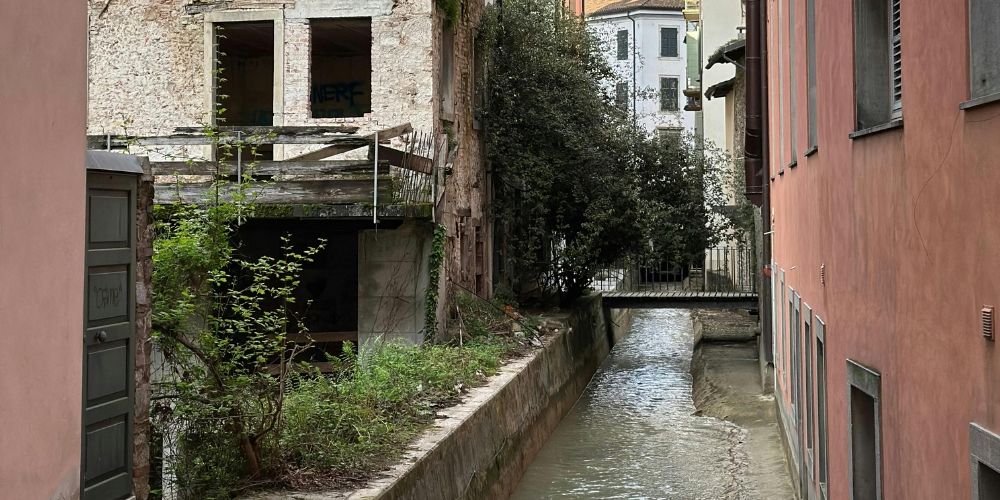
Udine is crossed by a network of little waterways that embellish the landscape and give it a picturesque feel: le rogge, artificial canals that divert the waters of the Torre River towards Udine and Cividale.
They have played a crucial role in the city’s growth and in the economic development of the surrounding area. At the same time, they enrich its appearance: the water flowing between buildings and streets creates a romantic and distinctive atmosphere in the old town
Some stretches are particularly eye-catching: Vicolo Molin Nascosto, Via Zanon, Via Giuseppe Verdi, Piazza Patriarcato, and Borgo Mercatovecchio.
Keep in mind that the course of the rogge extends beyond the city limits. For example, you'll find a gentle itinerary through the Friulian nature in the Passeggiata delle Roggia, a striking trail for hikers and bikers that starts from Via Molin Nuovo and leads to the town of Reana del Rojale.
3. Eating in an osteria
An osteria is a meeting place where friends gather to share a good glass of wine before lunch or dinner. Friuli is a land with a long and proud wine-making tradition, home to ten DOC and four DOCG areas.
To experience Udine like a local, stop at an osteria, and savour the Friuli tradition in a friendly, relaxed atmosphere. This is the temple of the tajut ritual, that unmissable moment when Udine’s locals enjoy a small glass of wine together.
In the city centre, you’ll find plenty of rustic, cheerful spots where the spirit remains the same year after year.
Almost as a symbol of that connection with tradition, many osterie still feature an old domestic fireplace, the fogolâr, at the heart of the room. Some preserve particularly beautiful ones: take a moment to admire them as your host guide you on fantastic drinking adventures.
Also discover the best wine routes in Italy.
2. Foliage around spectacular waterfalls
Chiusaforte, a small town in the province of Udine, offers a beautiful trail through the woods that is truly a sight to behold during autumn. The track is adorned with warm shades of red and gold, creating a picturesque view. Venturing further, you'll come across 13 waterfalls, each more mesmerizing than the last.
Enjoy the foliage magic and the spectacular waterfalls that follow one another just outside the town.
One of the most captivating is the so-called Fontanone di Goriuda. It cascades into a small lake below, creating a stunning light and water display. You can even walk behind it and take in a breathtaking view of the valley.
1. Visiting Casa Cavazzini
Casa Cavazzini houses a collection of over 4,000 pieces from the 19th century to the present. The display boasts works by renowned artists like De Chirico, Carrà, Guttuso, Chagall, Picasso, de Kooning, and Lichtenstein.
If you're planning to visit Udine, check out this beautifully renovated building designed by Gae Aulenti and home to the Museum of Modern and Contemporary Art.
The permanent collections are housed on the first and second floors, while the ground floor hosts temporary exhibitions throughout the year.
Casa Cavazzini, a former property of the Colombatti family, is a fascinating historical edifice that has been a part of Udine's landscape for centuries. In the early 20th century, the new owner, Dante Cavazzini, turned the building into a textile shop. Later, architect Ermes Midena was commissioned to renovate the first floor's flat, which visitors can now explore, complete with period furnishings.
From 30 January to 30 August 2026, the museum is hosting the exhibition “Impressionism and Modernity. Masterpieces from the Kunstmuseum Winterthur”, featuring more than 90 works by some of the greatest names in European modern art.
How to get to Udine
You can reach Udine by train, car, bus or plane.
The railway station, located just a few minutes’ walk from the historic centre, is well connected to major Italian cities such as Venice, Trieste, Verona, Milan and Rome. Nearby, you’ll also find the bus terminal, from which regional and interregional services depart.
If you’re travelling by car, take the A23 Palmanova–Tarvisio motorway. The Udine Sud and Udine Nord exits both provide quick access to the city centre.
Those arriving by plane can rely on the main airports of North-Eastern Italy: Trieste – Ronchi dei Legionari, Venice – Marco Polo and Treviso – Antonio Canova. Each is linked to Udine by regular shuttle buses and regional train services.
Extra tip: experience Venice like a local (before or after Udine)
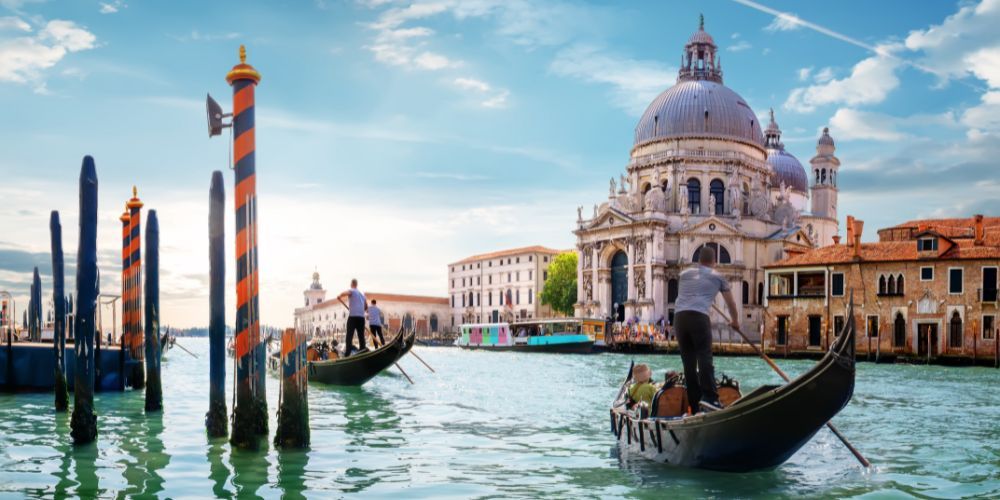
Did you know that you can reach Venice from Udine in less than two hours? And that even there, you can discover the city while avoiding the most conventional tourist routes?
If Udine is known as the “Venice of the mainland”, then the best way to complete your journey is to visit La Serenissima itself.
See its best attractions, from the Rialto Bridge to St. Mark's Square, and visit it like a local, following itineraries designed for those seeking hidden corners, untold stories, and daily rituals that the Venetians jealously guard.
You can discover where to have a proper breakfast, which neighbourhoods to explore to get to know the real city and which artisans are worth meeting.
A perfect experience to enjoy before or after Udine, to come full circle between land and lagoon.
About the author
Written on 20/10/2023

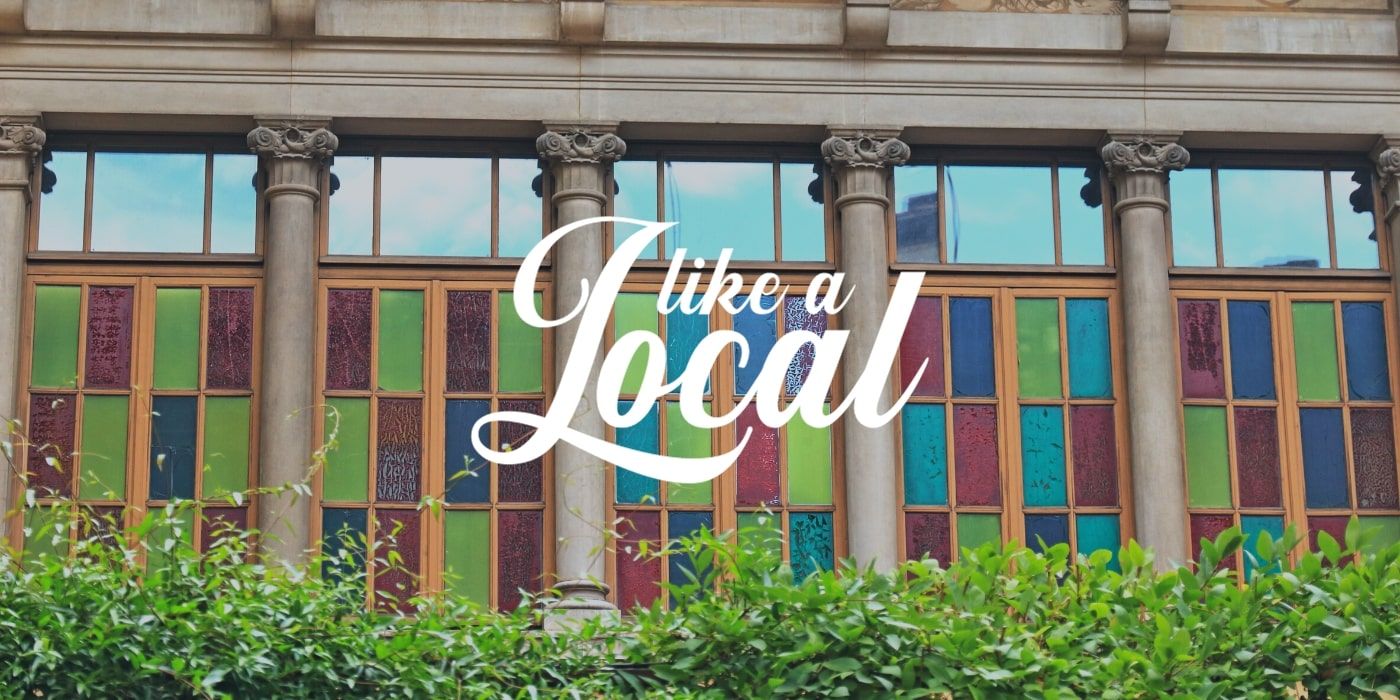

Lorena Calise
Tiepolo’s city is an elegant and joyful borderland. Here’s your insider guide to Udine, the corner of Northern Italy you haven’t explored yet.